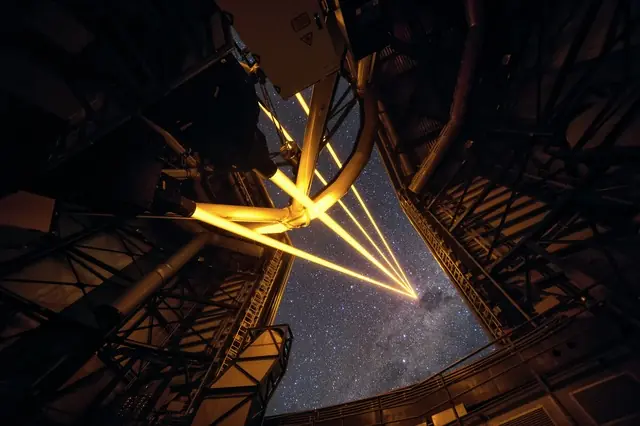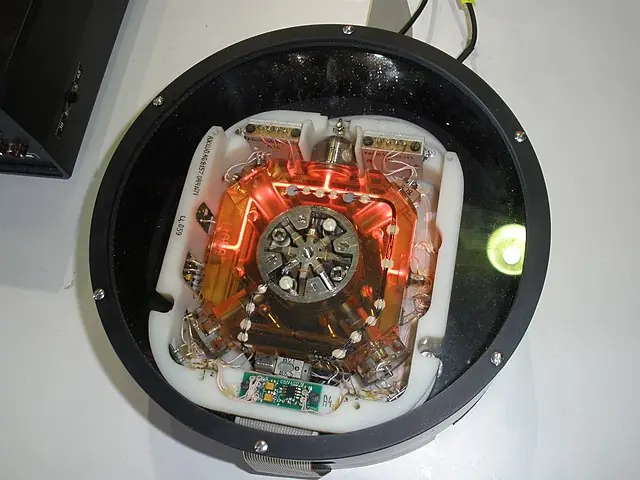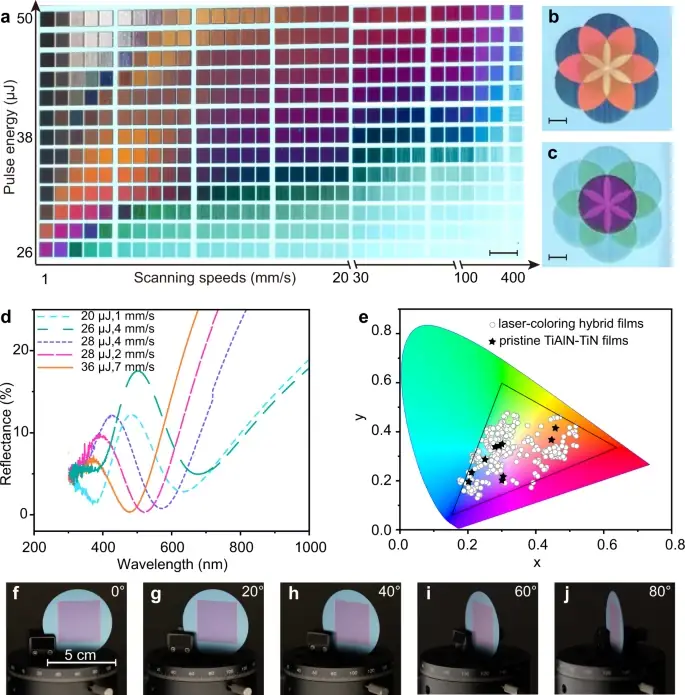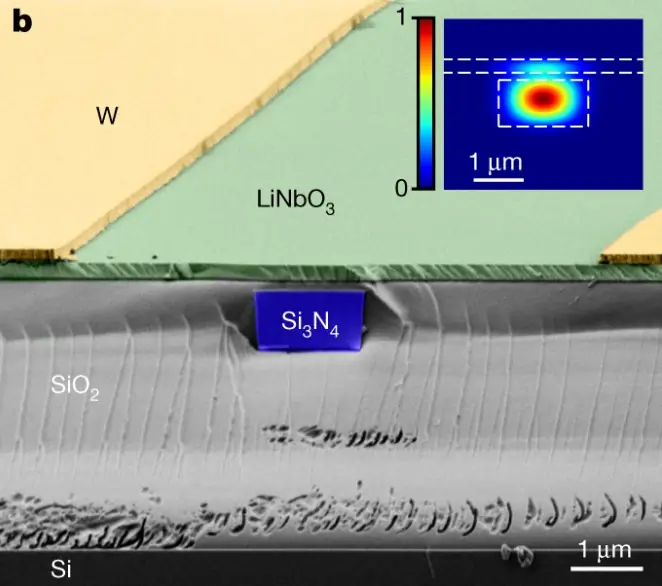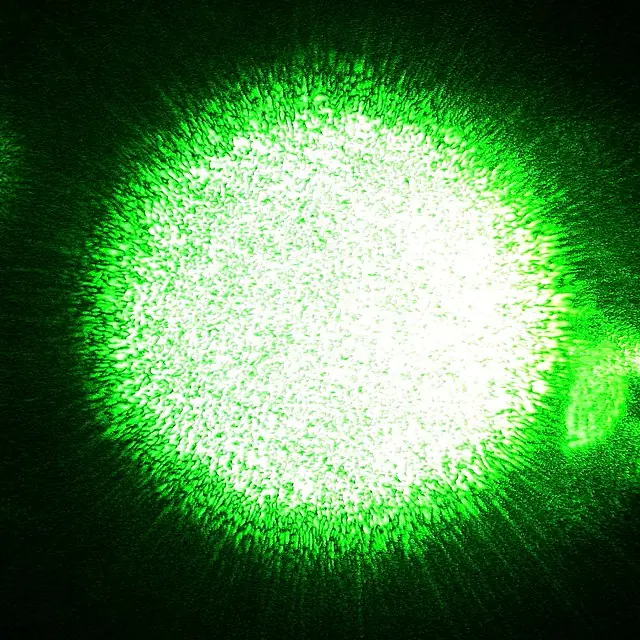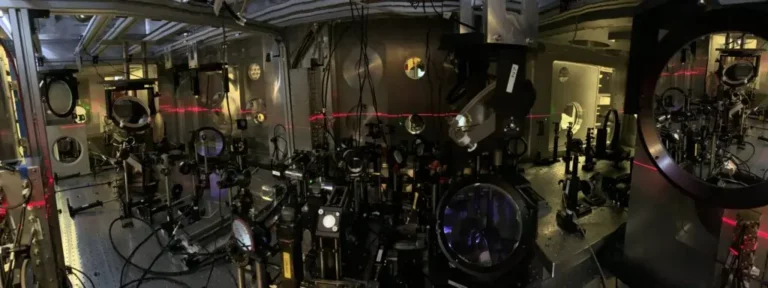The Impact of Femtosecond Laser Wavelength on Plasmonic Gold Nanostructures
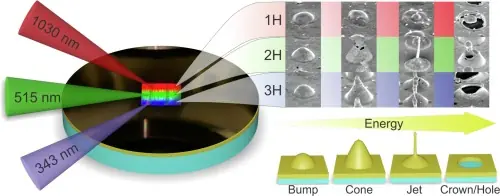
Gold nanostructures fabricated on metal surfaces have a huge potential for use as plasmonic nanostructures. The precise control of shape and dimensions of these structures enables researchers to accurately control their plasmonic properties. In a recent study, the formation of gold nanobumps, nanocones, and nanojets using femtosecond laser direct writing techniques was investigated using different laser wavelengths. The results showed that the wavelength of the laser used impacts the size and shape of the formed structures, making the laser wavelength an important factor to consider when creating plasmonic nanostructures.
The study found that a shorter wavelength resulted in a more precise fabrication process and greater control over properties. The gratings of the wavelength-dependent nanostructures were found to excite surface lattice resonances with high quality and have significant potential for practical uses. Furthermore, the experiments showed that the reduction of the wavelength provided a more accurate management of properties, including the achievable minimal grating period, layer modification fluence, and formation fluence range.
The results of this study have important implications for the development of plasmonic nanostructures. The ability to control the properties of these structures using different laser wavelengths has the potential to significantly improve the precision and accuracy of the fabrication process. Furthermore, the results indicate that the formation of these structures is not only dependent on the laser wavelength but also on the laser harmonic used in the direct writing process.
This study provides valuable insights into the wavelength-dependent formation of plasmonic gold nanostructures. The results highlight the importance of considering the laser wavelength when creating these structures, and the potential for precise control over their properties. This research has significant implications for the development of plasmonic nanostructures and their practical applications in fields such as optics, electronics, and biotechnology.

